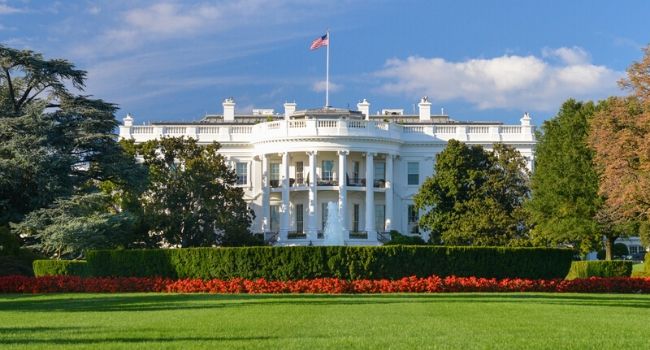
Coalition Pressures Government Agency To Recommend Ban on Government Use of Facial Recognition
Over 40 groups sent a letter to the Privacy and Civil Liberties Oversight Board on Monday asking the agency to recommend that the executive branch put a moratorium on facial recognition.
- By Haley Samsel
- Jan 29, 2020
A number of advocacy groups are pressuring the Privacy and Civil Liberties Oversight Board -- an independent government agency that advises the presidential administration on privacy matters -- to recommend that the federal government suspend use of facial recognition while accuracy and privacy issues are addressed.
Forty groups led by the Electronic Privacy Information Center signed a letter on Monday that called for the agency to stop government use of facial recognition “pending further review,” citing a recent New York Times report on a massive facial recognition database as one reason why the PCLOB should recommend the suspension to the Secretary of Homeland Security and President Trump. The report found that more than 600 law enforcement agencies across the U.S. were using a database of social media photos built by Clearview AI, a little-known startup.
“The PCLOB has a unique responsibility, set out in statute, to assess technologies and polices that impact the privacy of Americans after 9-11 and to make recommendations to the President and executive branch,” the coalition wrote. “The rapid and unregulated deployment of facial recognition poses a direct threat to ‘the precious liberties that are vital to our way of life.’”
In addition, the letter points to growing efforts on the local level -- including in California and Massachusetts -- to ban law enforcement use of facial recognition tech. Just this week, a bill was introduced in the New York state senate that would ban law enforcement agencies from accessing or installing biometric surveillance technology for their jobs, according to NNY360.
Facial recognition algorithms in the U.S. have also struggled to accurately identify people of color, particularly black Americans. A 2019 report from the National Institute of Standards and Technology found that Native Americans had the highest rates of false positives, while African-American women were most likely to be misidentified in a law enforcement database.
“While we do not believe that that improved accuracy of facial recognition would justify further deployment, we do believe that the obvious problems with bias and discrimination in the systems that are currently in use is an additional reason to recommend a blanket moratorium,” the coalition wrote.
The signees of the letter included Fight for the Future, Color of Change, the Project on Government Oversight and the Consumer Federation of America.
About the Author
Haley Samsel is an Associate Content Editor for the Infrastructure Solutions Group at 1105 Media.